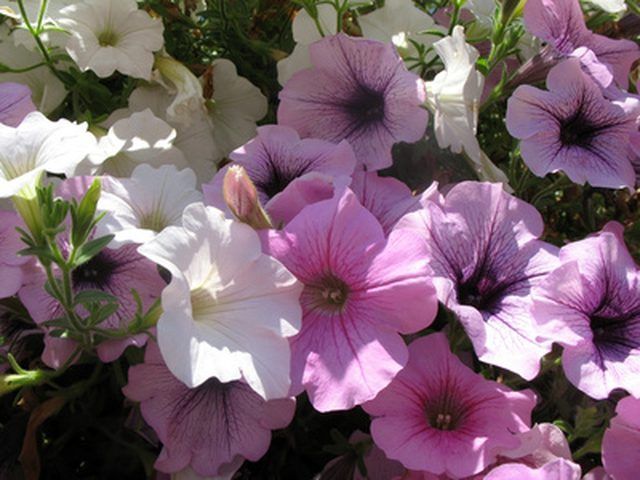Bulbs
Flower Basics
Flower Beds & Specialty Gardens
Flower Garden
Garden Furniture
Garden Gnomes
Garden Seeds
Garden Sheds
Garden Statues
Garden Tools & Supplies
Gardening Basics
Green & Organic
Groundcovers & Vines
Growing Annuals
Growing Basil
Growing Beans
Growing Berries
Growing Blueberries
Growing Cactus
Growing Corn
Growing Cotton
Growing Edibles
Growing Flowers
Growing Garlic
Growing Grapes
Growing Grass
Growing Herbs
Growing Jasmine
Growing Mint
Growing Mushrooms
Orchids
Growing Peanuts
Growing Perennials
Growing Plants
Growing Rosemary
Growing Roses
Growing Strawberries
Growing Sunflowers
Growing Thyme
Growing Tomatoes
Growing Tulips
Growing Vegetables
Herb Basics
Herb Garden
Indoor Growing
Landscaping Basics
Landscaping Patios
Landscaping Plants
Landscaping Shrubs
Landscaping Trees
Landscaping Walks & Pathways
Lawn Basics
Lawn Maintenance
Lawn Mowers
Lawn Ornaments
Lawn Planting
Lawn Tools
Outdoor Growing
Overall Landscape Planning
Pests, Weeds & Problems
Plant Basics
Rock Garden
Rose Garden
Shrubs
Soil
Specialty Gardens
Trees
Vegetable Garden
Yard Maintenance
Interdependence Between Plants & Animals
Interdependence Between Plants & Animals. You may have noticed that where there are plants, there are animals. They relationship between the two has been evolving for millions of years, and is so ingrained in both plants and animals that their survival is no longer mutually exclusive.

You may have noticed that where there are plants, there are animals. They relationship between the two has been evolving for millions of years, and is so ingrained in both plants and animals that their survival is no longer mutually exclusive.
Interdependence
Plants and animals have mutually beneficial relationships so pronounced that some scientists believe plants and animals descended from the same evolutionary ancestors. Dr. D. T. MacDougal, a professor of Botanical Research at the Carnegie Institute of Washington, suggested in a "New York Times" article in the early 1900s that plants and animals emerged from the same protoplasm, or self-generating matter, then branched off, adapting to different environments.
Environment
According to Dr. Jack Hall, 460 million years ago plants moved out of the sea and onto dry land, and that they paved the way for animals to come onto land. By providing food, shelter and converting the carbon dioxide rich atmosphere into one of oxygen, plants made it possible for animals to survive outside the ocean.
Nutrition
Plants and animals have a relationship going back millions of years, and just as plants paved the way for the survival of animals on land, animals also paved the way for the survival of plants by providing fertilizer through decomposition and feces. Animals also assisted in pollinating plants and providing carbon dioxide, which plants use for energy.
Evolution
Plants and animals have both evolved to assist the other with survival. Because flowers represent a drain on the plants resources, scientists at the University of Florida and Jilin University, believe that flowers developed as a way for the plant to advertise its wares to animals and insects. If the animal or insect jostled the flower the pollen on the flower would be carried from that plant to the next plant. Until flowers came into being and began attracting animals and insects with their nectar and taste, plants were inefficient self-pollinators as they were forced to rely on the wind to transmit pollen to other plants.
Animals have also evolved to benefit from plants. By developing the ability to digest plants as well as animals, various species of animals were able to survive without meat when meat was scarce. Their survival lead to an increase in the number of animal species and thus, an increase in carbon-producing and pollinating animals to assist plants in their own survival.
Drawbacks
Because plants produce almost all of the oxygen on the planet, animals would not live long in a plant-less world. Likewise, according to Laurie Adams, of the Pollinator Partnership, 80 percent of the plants in existence require an animal or insect to help them pollinate. For these two reasons, plants and animals rely on each other for continued survival. If something were to happen to one, both species would critically be affected.
Another issue of interdependence is disease. Because of the close connection between plants and animals, both physically and on a molecular level, some diseases that affect one species can affect the other. Fungi (which can cause disease), spiroplasma, protozoa, agrobacterim can negatively affect both plants and animals.